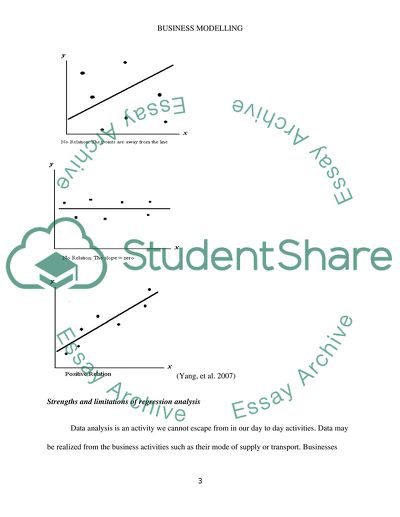Cite this document
(Strengths and Limitations of Regression Analysis, Using Linear Coursework, n.d.)
Strengths and Limitations of Regression Analysis, Using Linear Coursework. Retrieved from https://studentshare.org/logic-programming/1668639-business-modelling
Strengths and Limitations of Regression Analysis, Using Linear Coursework. Retrieved from https://studentshare.org/logic-programming/1668639-business-modelling
(Strengths and Limitations of Regression Analysis, Using Linear Coursework)
Strengths and Limitations of Regression Analysis, Using Linear Coursework. https://studentshare.org/logic-programming/1668639-business-modelling.
Strengths and Limitations of Regression Analysis, Using Linear Coursework. https://studentshare.org/logic-programming/1668639-business-modelling.
“Strengths and Limitations of Regression Analysis, Using Linear Coursework”. https://studentshare.org/logic-programming/1668639-business-modelling.


